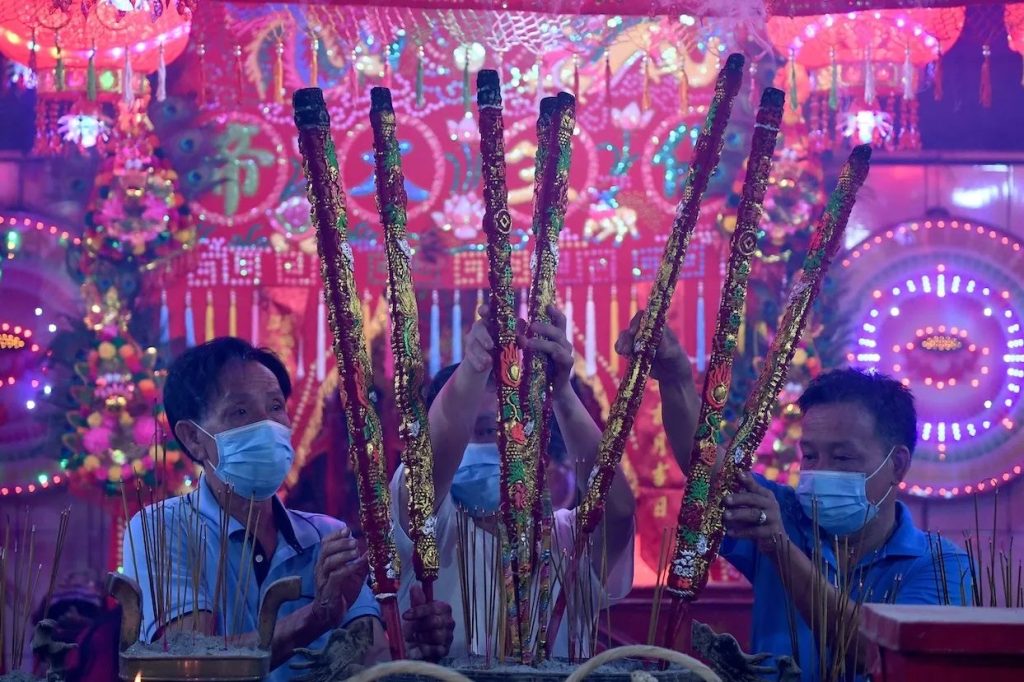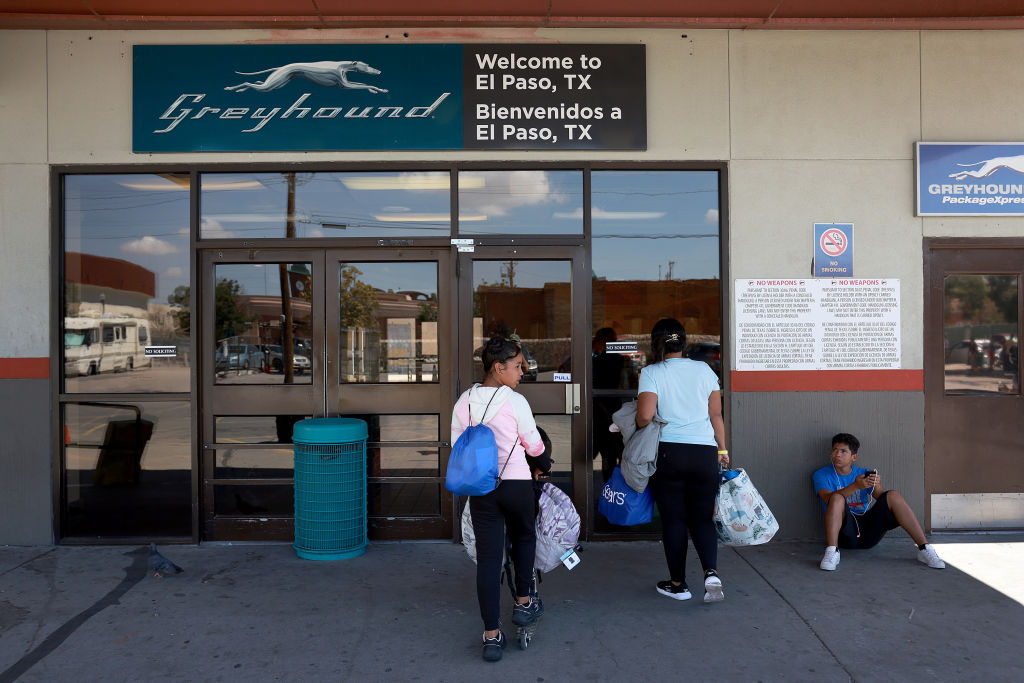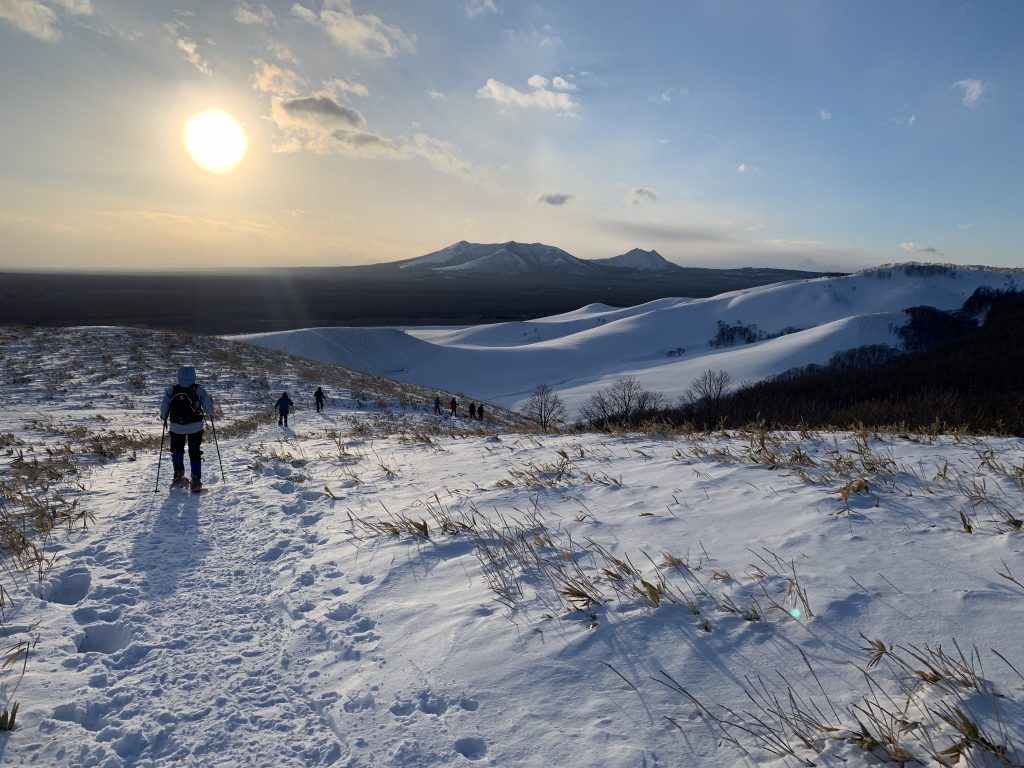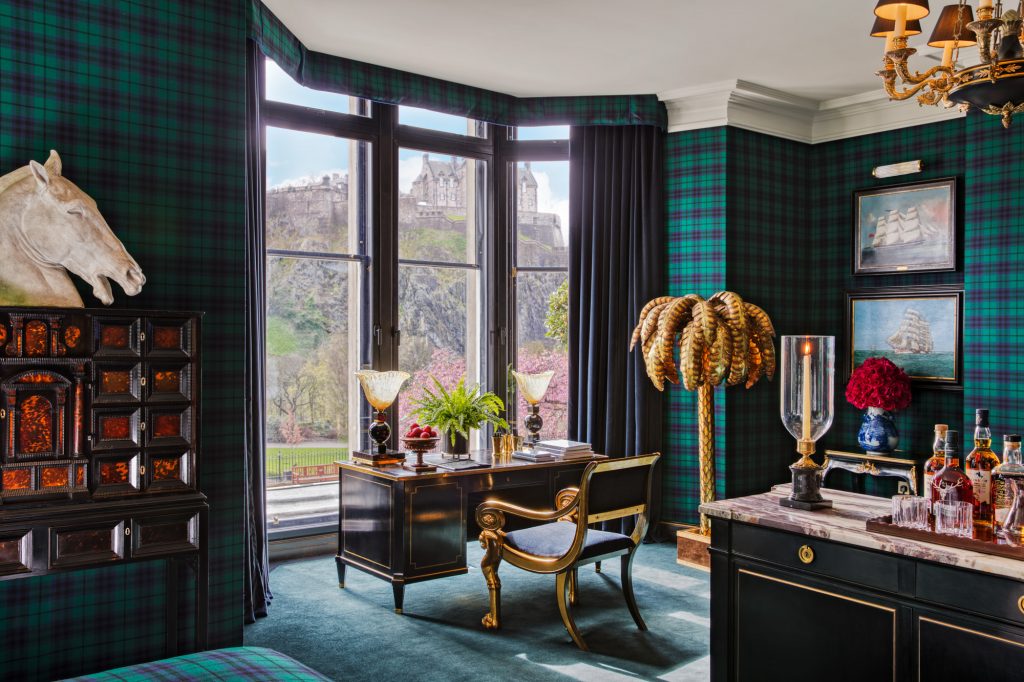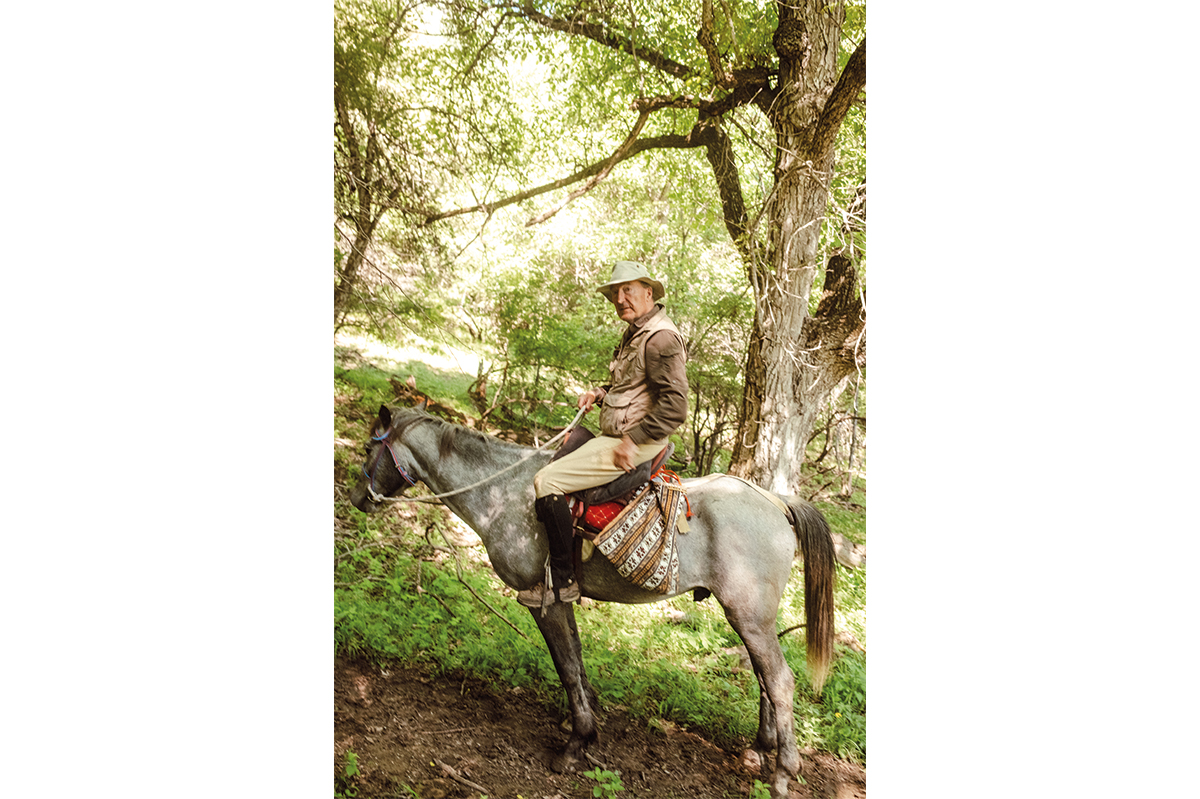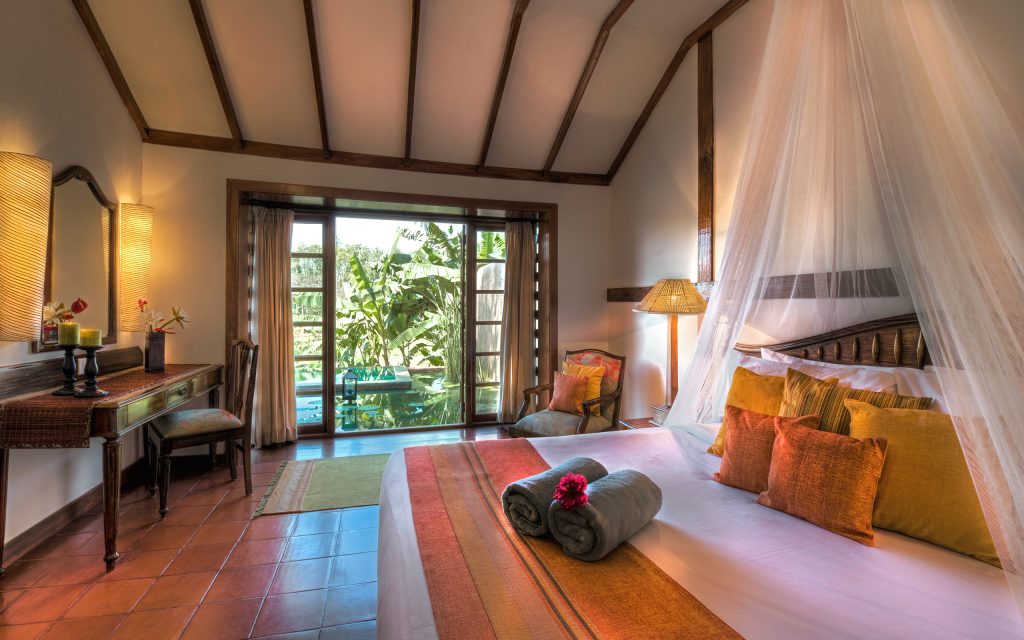In Cambodia, everybody is looking forward to Bon Om Touk. If your Khmer is a bit rusty, this means the mid-autumn New Moon Water Festival, celebrated in late October. This fervent, noisy, firework-banging festival has multiple, colorful meanings.
For a start, it marks the end of the endless summer rain — which turns everyone’s laundry moldy and gets a tad annoying. It also marks the moment when the fertile Tonle Sap river, which rolls through the sprawling, youthful, trafficky, heat-struck, palm-shaded, jacaranda-adorned, busy-yet-languid, skyscraper-sprouting city, does a handbrake turn. That is to say, around that time of year, and for complex hydrogeographic reasons, the Tonle Sap reverses itself, flowing backwards into the jungly lakeland interior — supposedly the only river in the world to do this.
Teams of giggly Khmer kids dance in front of cheering crowds as toddlers wander by, excitedly licking midnight ice creams
By some estimations, last year’s festival of 2023 — which I attended — attracted two million exuberant Khmer people from across the country to watch the starlit dragon boat races, the bright neon barges adorned with sacred spears and vulgar beer ads, the Cambodian king lighting the holy candles, the rockets ascending over the gold-lit royal palace and the glowing monastic pagodas — or just to sprawl on the green lawns of elegant French-colonial Sisowath Quay (great for Anglo-Khmer gastropubs, ex-colonial tapas restaurants, lofty but sometimes super-pricey sky bars, and widespread river views).
Here, everyone enjoys twilight picnics of chilli-squid rolls and crispy coconut desserts, or they buy deep-fried frogs, boiled duck eggs, and tempura-battered lizards from the many street food sellers. Khmers eat everything.
Last year’s celebration had a particular significance, and so will this coming one, because this ancient festival, which dates from the medieval glories of Angkor Wat, has, in the last century endured hideous interruptions and historic obliterations. Under the evil Maoist regime of the Khmer Rouge, Bon Om Touk was completely suppressed — not least because the Khmer Rouge emptied the entire city. Even when the Khmer Rouge were extirpated — having slaughtered maybe a quarter of the population — Cambodia was too poor and shell-shocked to revive carnivals. Then in 2010, recurring tragedy struck when hundreds died in a riverside crush (leading to another long hiatus). Then Covid came, silencing the quaysides once more, and people began to wonder if the fête was cursed for eternity. And yet: here we are. As I saw in 2023, Bon Om Touk has returned, and it felt better, brighter, and brasher than ever.
This was not an illusion born of too many cheerful teens and toothless grandpas wandering the grassy roundel of the Independence Monument drunk on crimson rice wine, though there were plenty of those. In the last few years, big money — mainly Chinese — has flooded into Cambodia. Sometimes this has gone wrong (see the eerily deserted ex-boomtime port of Sihanoukville); sometimes it has been undeniably useful (there are now sleek Chinese-built highways from Phnom Penh to the coast, drivable in two hours, meaning you can easily combine a city break with Edenic beach vacations on lush tropical islands like Koh Rong).
When it comes to Phnom Penh, this injection of capitalist vigor has been pretty much an unalloyed positive, at least for the visitor. It has become one of the great party cities of Asia. A good example of this is leafy, labyrinthine Bassac Lane.
Once a forgotten warren of somnolent Tokyo-ish back alleys and impoverished Thai-style sois, Bassac Lane has blossomed into a multicolored, lantern-hung, rather beautiful quarter — a special place for eating, drinking and shopping, with exquisite Swiss-Japanese whisky bars and unexpected Mexican-German taco joints. There are a hundred other clubs, bars, boutiques, discos, hawkers, ice cream parlors, and specialized vodka-and-pomegranate juice bars which can get so crowded on weekend nights — with noisy expats and even noisier locals — they close off the streets. For anyone who remembers sad, crumbling old Phnom Penh, the change is bewildering, in a good way.
At the other end of the inner city, and equally striking, you will find lavishly refurbed or remarkable new hotels. Take Raffles. This was previously Le Royal, a shining opal of a French colonial hotel. At its nadir, it became the hangout for all the war journalists in The Killing Fields; now it gleams with its exquisite pools and serene pavilions. Nearby is the new Rosewood Hotel. Recently voted the Best Urban Hotel in Asia, this is the place to come if you like tremendous steak in Kampot pepper sauce or swimming in a world-class spa on the thirty-third floor, overlooking the Franco-Soviet-constructivism of the Central Market (great for cheap, authentic jewelry, every bit of cow or sheep, unidentifiable citrus fruit and weird teapots).
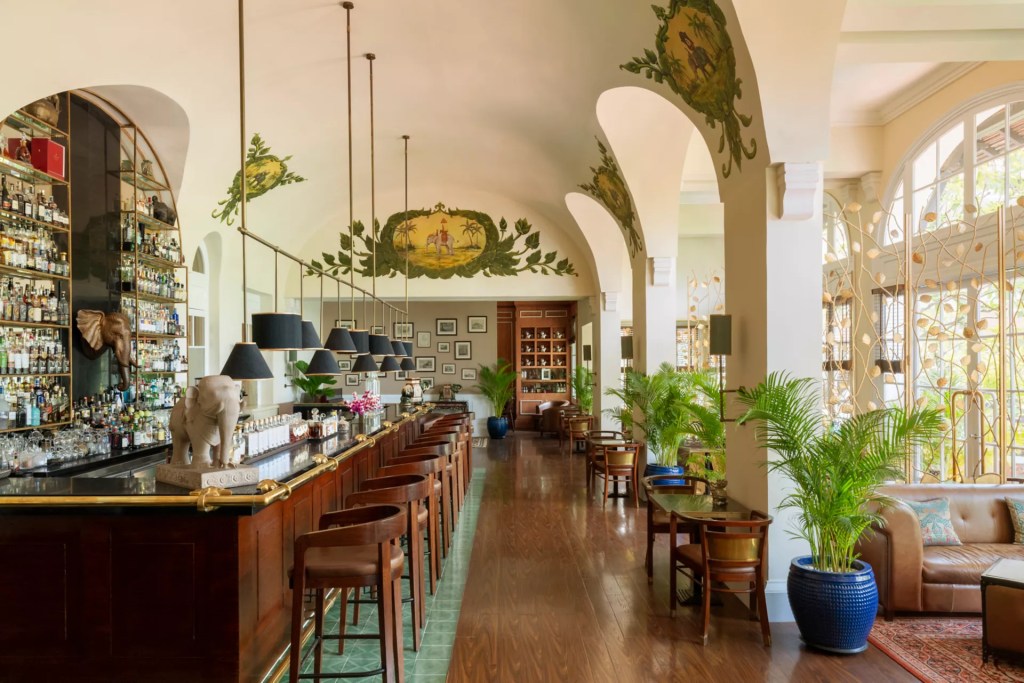
These hotels, of course, are not cheap. And if you don’t want to drop megabucks, the new Phnom Penh also has central, affordable (think $50 a night) and deeply charming boutique hotels. I especially recommend Penh House Hotel or The Plantation. Both are quietly luxe, with great pools and tip-top amok curries.
What else to do? If you truly want to sense the evil of the Khmer Rouge, then in Phnom Penh you only need to see two places. First, unnervingly quiet, unspeakably awful Tuol Sleng, an inner-city school turned torture garden; second, Cheoung Ek, the notorious Killing Fields themselves, about a twenty-minute tuk-tuk ride out of town. Make sure you prepare yourself for the latter, because you will encounter stupas filled with human skulls.
If this isn’t your thing (and no one will blame you for averting your gaze; a lot of Khmers want to forget), consider a citywide food tour. The best of these is undoubtedly the Kingdom of Wonderlust nocturnal tuk-tuk road trip, where the youthful boss — Yi — or one of his equally exuberant assistants will truck you from local resto to authentic café over two or three vivid, bustling, eye-opening hours. Expect to eat far too many delicious Khmer noodles, too much fresh basil, green beans, river shrimp, peanut dipping sauce, spicy pickles, yummy pancakes, endless chillies, fresh lime juice, jungle greens, minty herbs, umami broth, fresh-fried beef, and much, much more — with all the myriad drinks of your desire. Plus a special Khmer pudding.
When I did just that, I finished at the Sundown Social Club, a brilliant bar overlooking the Russian Market (great for twentieth century Russian souvenirs by day, yet more dazzling street food at night), where a Euro-Khmer team serve splendidly moreish cocktails, often made up with Khmer gin, vodka and rum, all distilled right here in Cambodia by a gifted Londoner.
I made my tipsy, happy way back to the Independence Monument, where — on this, the last night of Bon Om Touk — teams of giggly Khmer kids dance in front of cheering crowds as toddlers wander by, excitedly licking midnight ice creams. And as I watched them, I will remembered that the Khmer Rouge tried to extinguish Khmer dancing — an art form handed down orally and practically — by killing everyone who could dance.
And yet, the Khmer Rouge failed. In Cambodia, they are happily dancing again. It’s enough to make the most cynical travel writer raise his delicious glass of cold Angkor beer and toast a new moon rising over the Tonle Sap.
Sean traveled with the Experience Travel Group; experiencetravelgroup.com. Rosewood Hotel from around $260 a night: rosewoodhotels.com. Raffles from around $320 a night: raffles.com. Penh House Hotel: penhhouse.asia. Kingdom of Wonderlust food tours: kingdomwonderlust.com. This article was originally published on The Spectator’s UK website.



